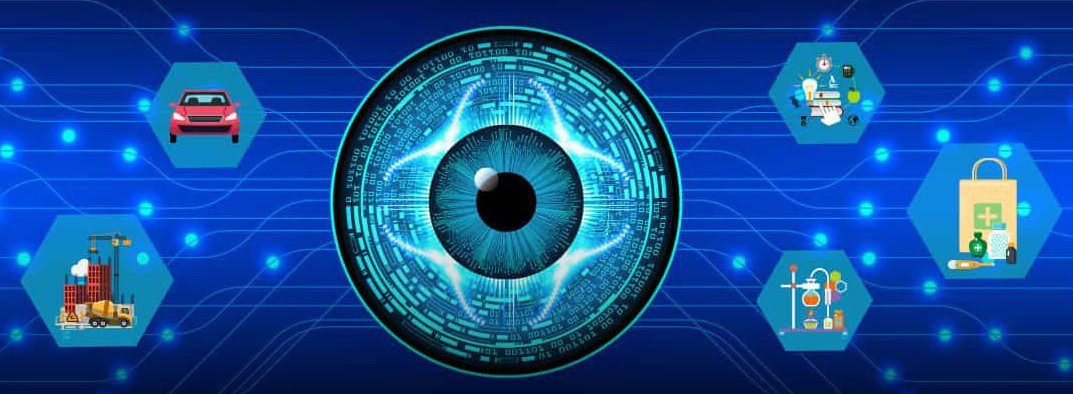Machine vision means Using machines to automatically perform tasks that the human vision system can perform. With the difference that the human eye receives light from external stimuli, machines use digital cameras. The brain analyzes sensory and perceived inputs while the machine uses algorithms to interpret these images. In fact, machine vision is a branch of computer science that focuses on replicating parts of the complexity of the human visual system and enables machines to identify and process objects in images and videos in the same way humans do. Until recently, machine vision only worked in a limited capacity.But, thanks to advances in artificial intelligence and innovations in deep learning (Deep learning) and neural networks (Neural Networks)، In recent years, this field has been able to make great leaps and surpass humans in some tasks related to identifying and labeling objects..
One of the driving factors for the growth of machine vision is the volume of data that is produced today and then used to train and improve machine vision. Coupled with the massive amount of visual data (more than 3 billion images are shared online every day), the computing power needed to analyze the data is now available. As the computer’s field of vision has grown with new hardware and algorithms, so has the accuracy of models for object recognition. In less than a decade, today’s systems have gone from 50% to 99% accuracy, being more accurate than humans in responding quickly to visual input.


